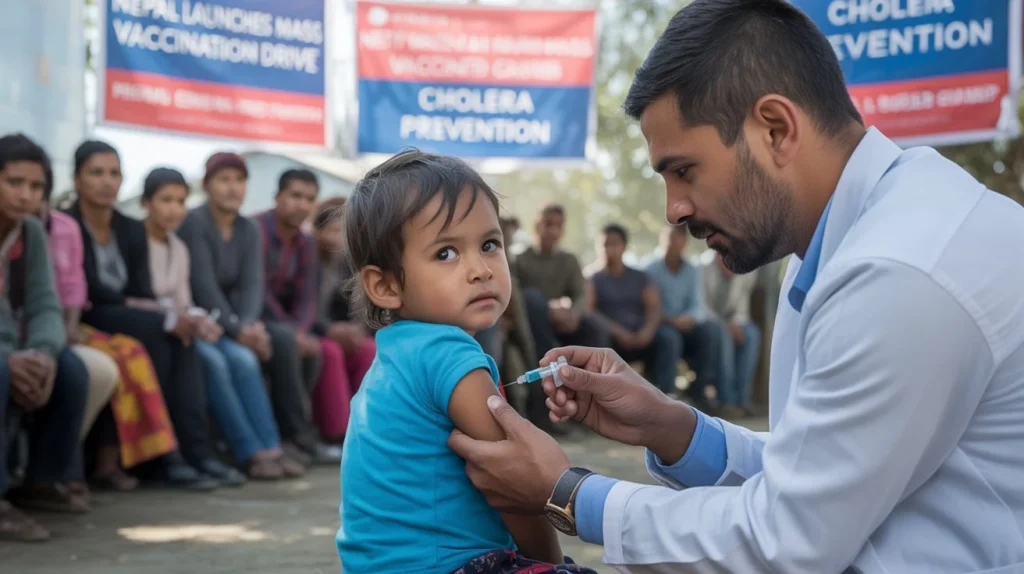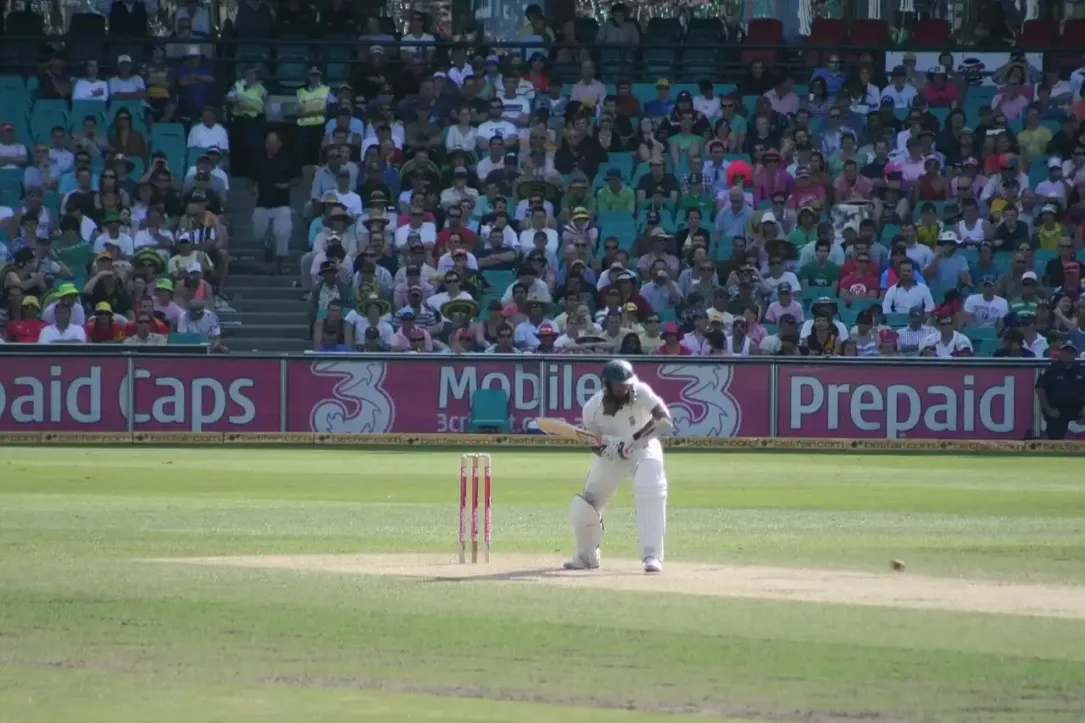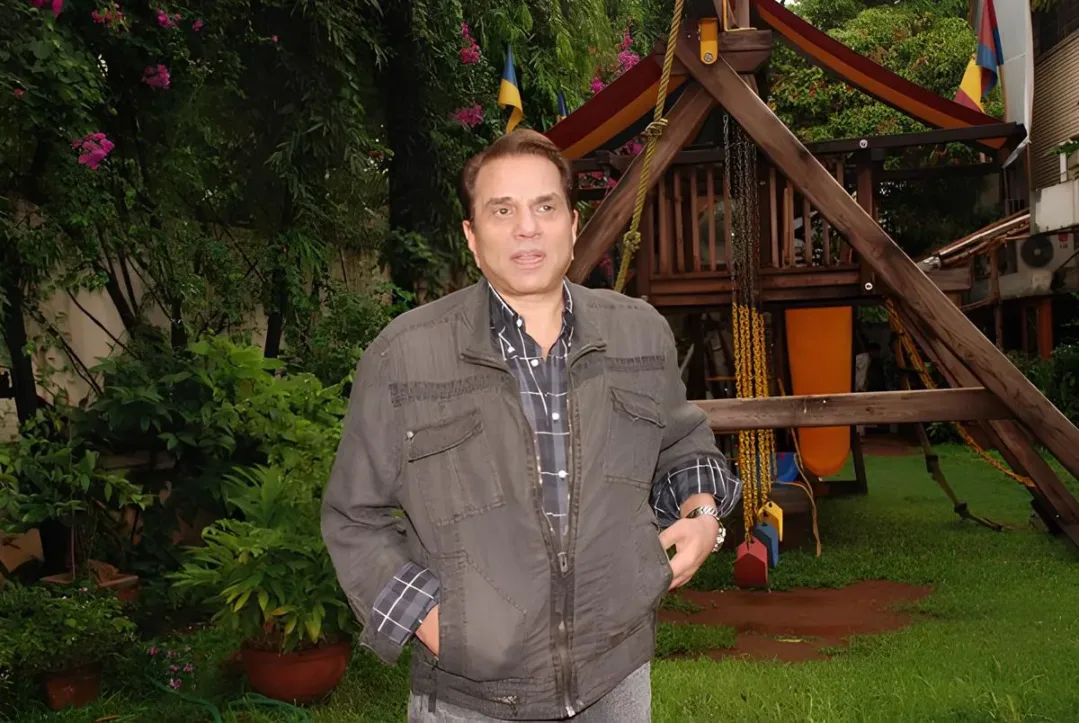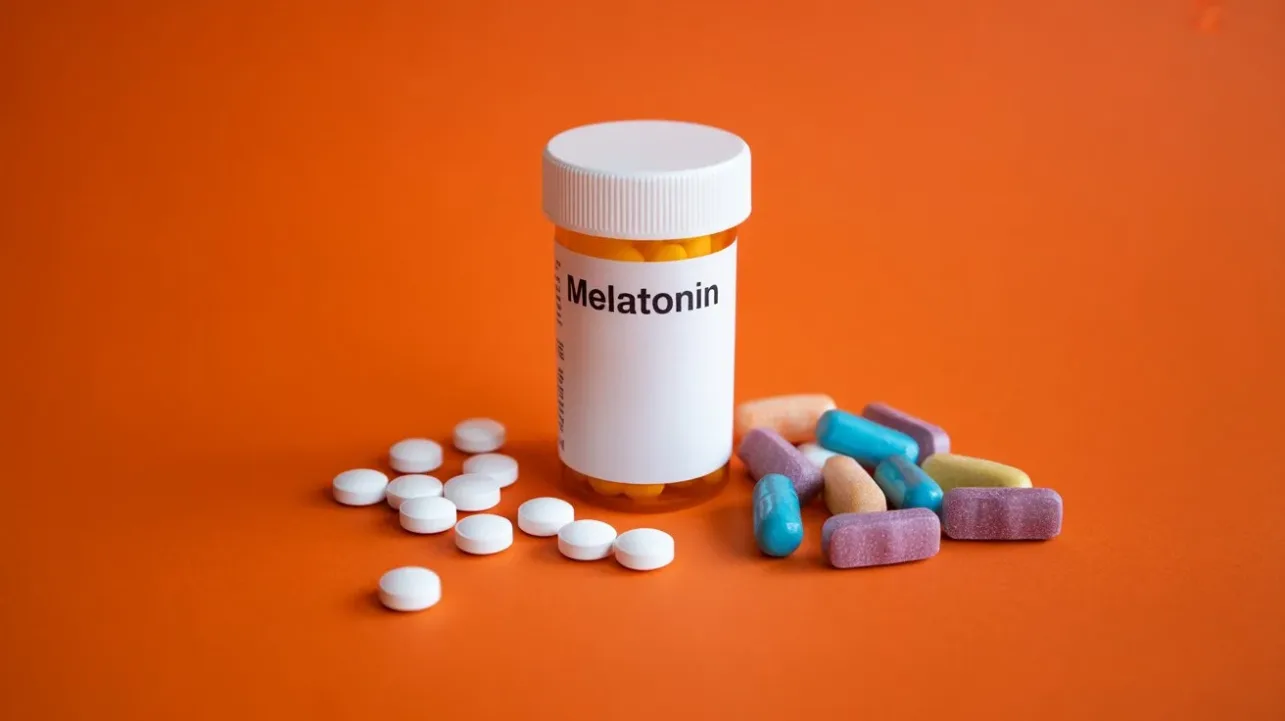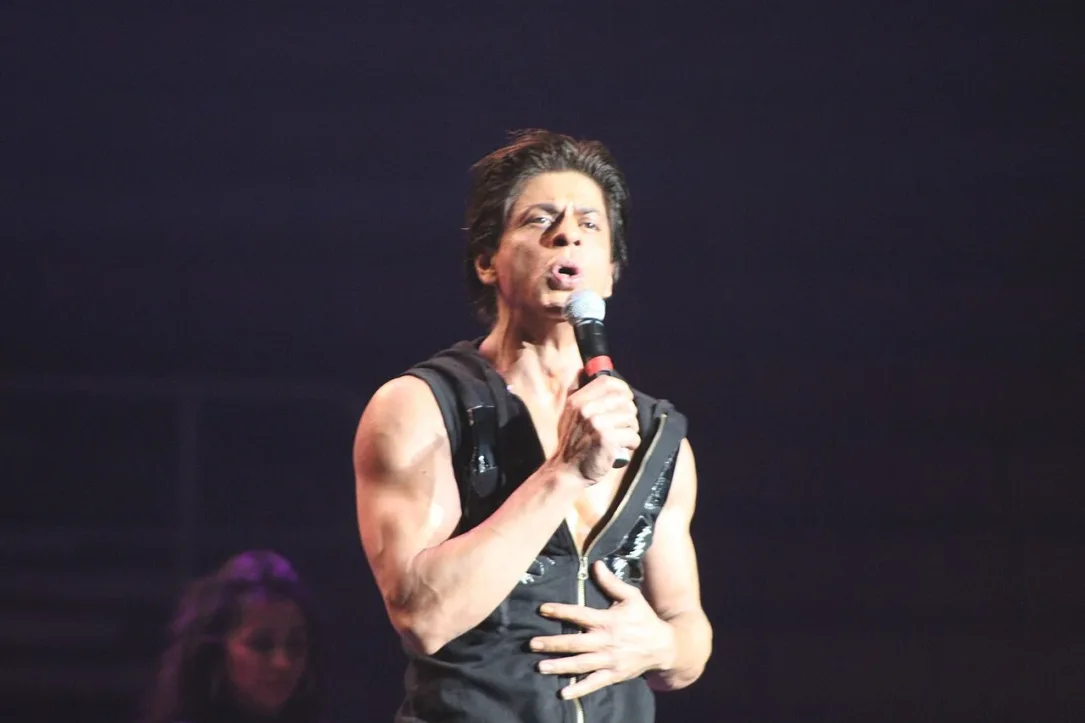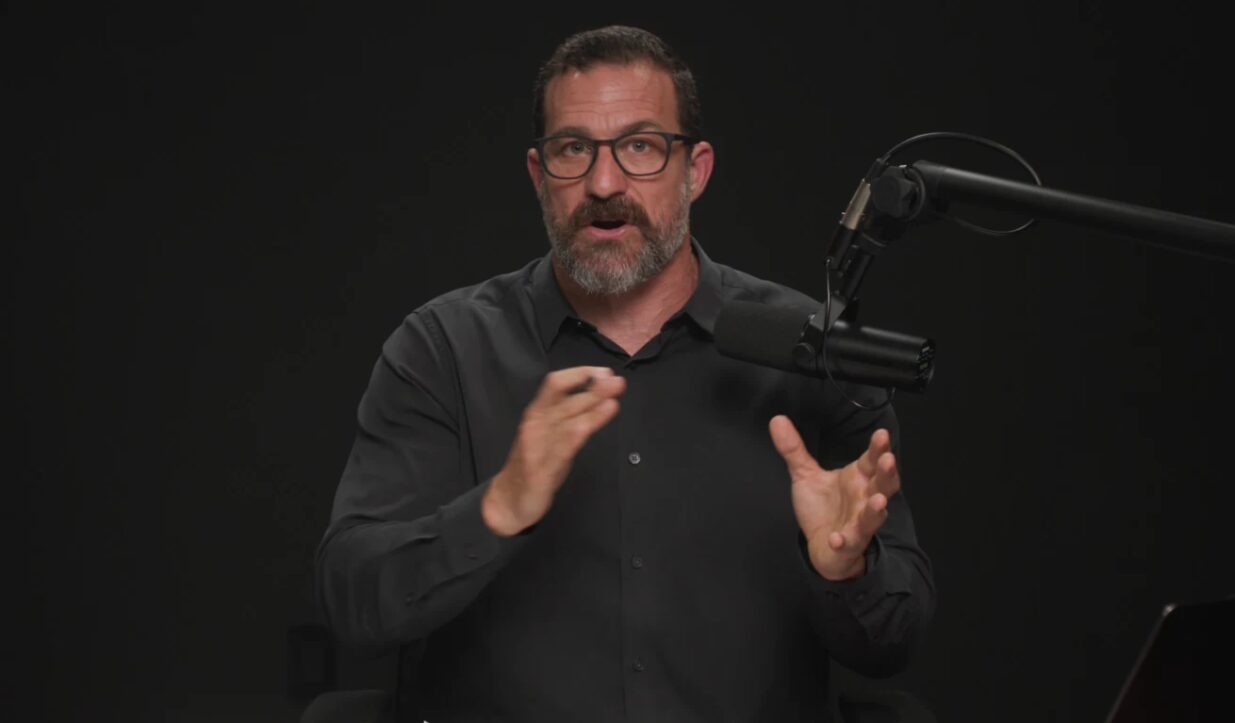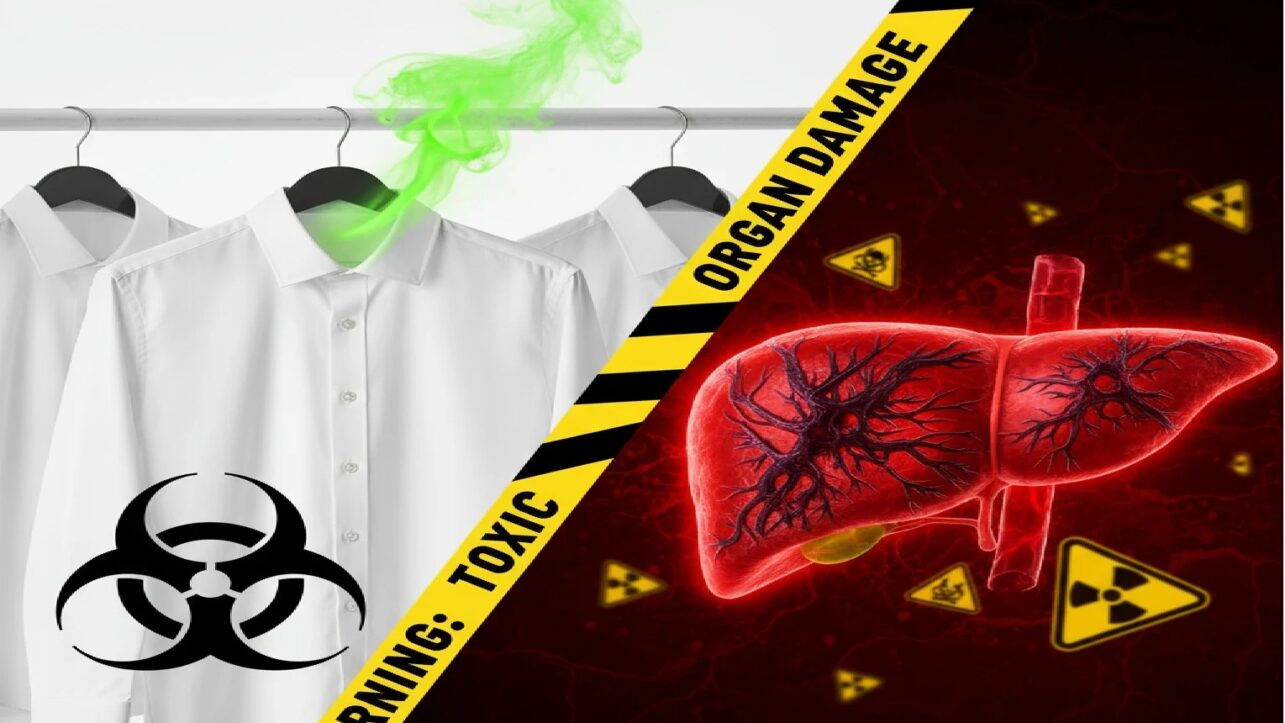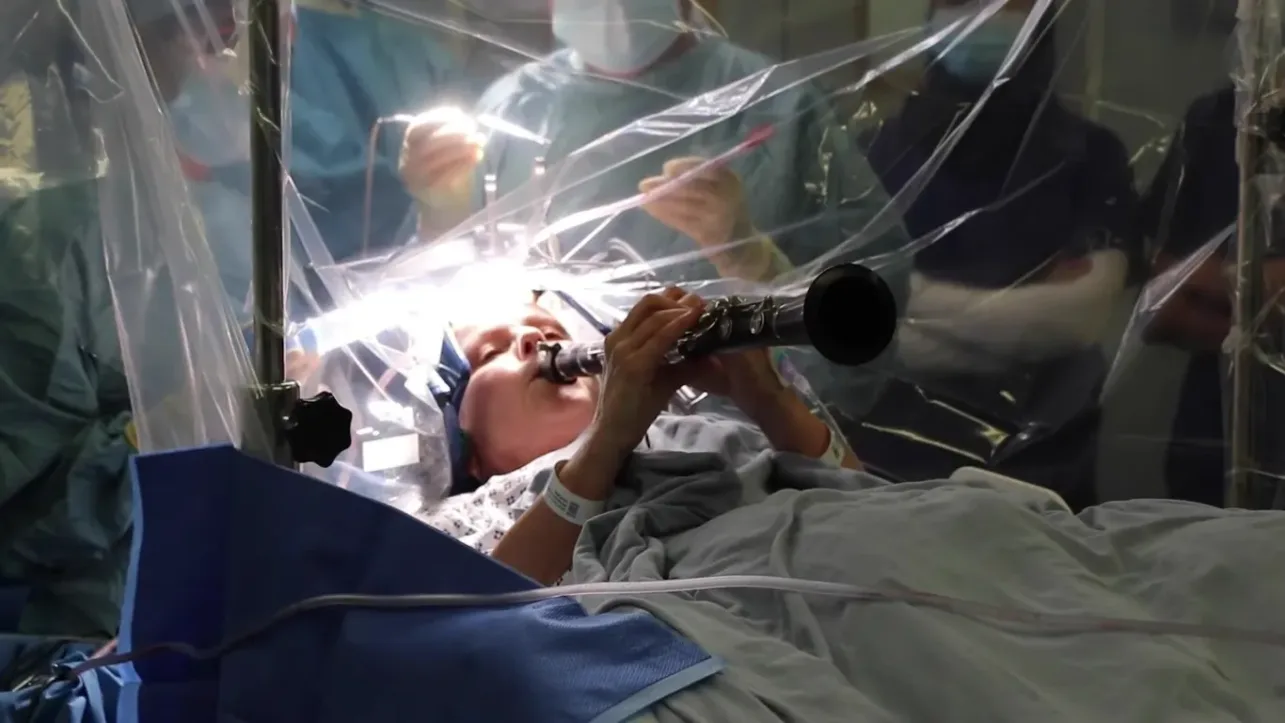Nepal is preparing to administer over one million doses of oral cholera vaccine in response to the country’s worst cholera outbreak since 2009, which has claimed at least four lives and infected more than 1,800 people across the southern Madhesh Province.
Outbreak Origins and Spread
The cholera outbreak began on August 22, 2025, in Murali Tole of Birgunj Metropolitan City-12 in Parsa district, when health facilities reported a sudden surge in acute watery diarrhea cases. The National Public Health Laboratory confirmed the presence of Vibrio cholerae O1 Ogawa serotype, a highly infectious pathogen responsible for the epidemic.
Within the first week, over 600 cases were recorded, with the infection rapidly spreading across multiple wards of Birgunj—including wards 3, 11, 12, 13, and 16—and eventually reaching adjoining local units in Bara district. As of October 2025, health officials report that Birgunj hospitals continue to record over a dozen new cholera cases daily, despite containment efforts.
Current Status and Death Toll
While the outbreak has stabilized in Birgunj, with 227 confirmed cholera cases and most patients recovering, new infections continue to emerge in Parsa district. During the outbreak period, 1,646 patients with diarrhea and cholera visited various hospitals in Birgunj, of whom 1,641 were discharged after treatment.
The death toll has been contested, with former Prime Minister KP Sharma Oli informing the House of Representatives on August 29 that three deaths had occurred, though officials in Birgunj did not officially confirm any cholera-related deaths. Recent reports now confirm at least four fatalities linked to the outbreak.
Mass Vaccination Campaign
In response to the escalating crisis and heightened flood-related infection risks, Nepal’s Department of Health Services is launching a comprehensive vaccination campaign starting October 12 in Parsa district and October 15 in Bara district. The campaign has secured 1,018,100 doses of oral cholera vaccine through the International Coordination Group on Vaccine Provision (ICG).
Dr. Abhiyan Gautam, chief of the Immunisation Section at the Family Welfare Division, confirmed that preparations are in full swing, with technical support from the World Health Organization (WHO) and the United Nations Children’s Fund (UNICEF). All individuals above one year of age in 14 local units of Parsa and six disease-hit local units of Bara—including Kalaiya, Jitpur-Simara, Parwanipur, Prasauni, Pheta, and Bishrampur—will receive the single-dose oral vaccine, which is safe for pregnant and lactating women.
WHO Emergency Response
The World Health Organization immediately deployed personnel to affected areas following the outbreak, working with Nepal’s Ministry of Health and Population to scale up a multi-pronged response. Dr. Rajesh Sambhajirao Pandav, WHO Representative to Nepal, stated that efforts focus on ensuring timely treatment, minimizing fatalities, strengthening surveillance, and supporting transmission interruption measures.
On September 7, WHO handed over a Central Reference Kit containing essential medicines, diagnostic tools, and logistics support materials designed to treat up to 100 patients. The organization continues to assist the Provincial Health Emergency Operations Centre in Madhesh Province with case detection, sample collection, community engagement, and case management. WHO also delivered Oral Cholera Vaccines to Nepal on 25th September 2025.
Underlying Causes and Risk Factors
Public health experts attribute the outbreak to Nepal’s persistent challenges with water and sanitation infrastructure, particularly during the monsoon season when floodwaters contaminate drinking water sources. The Birgunj region, located near the India-Nepal border in southern Nepal’s Terai plains, is particularly vulnerable due to poor sanitation conditions and inadequate access to safe drinking water.
Health officials initially suspected that prolonged drought conditions in the southern plains may have triggered the epidemic, though the exact source of infection remains unknown. Experts warn that Nepal’s declaration as an “open defecation-free” country may have created complacency in addressing underlying sanitation issues.
Historical Context and Future Risks
This outbreak represents the largest cholera epidemic in Nepal since the Jajarkot outbreak in 2009, which killed several people and infected hundreds. Last year, at least 95 cholera cases were confirmed across nine districts, including Kathmandu, Lalitpur, and Jajarkot. A significant outbreak in Kapilvastu in 2021 affected over 1,500 people.
Doctors emphasize that the risk of waterborne disease outbreaks will persist until water and sanitation conditions improve significantly, with factors such as storage conditions, supply pipes, and pollution of water sources continuing to affect household water quality. The WHO maintains that cholera remains a global public health threat requiring a multifaceted approach to control the disease and reduce deaths

